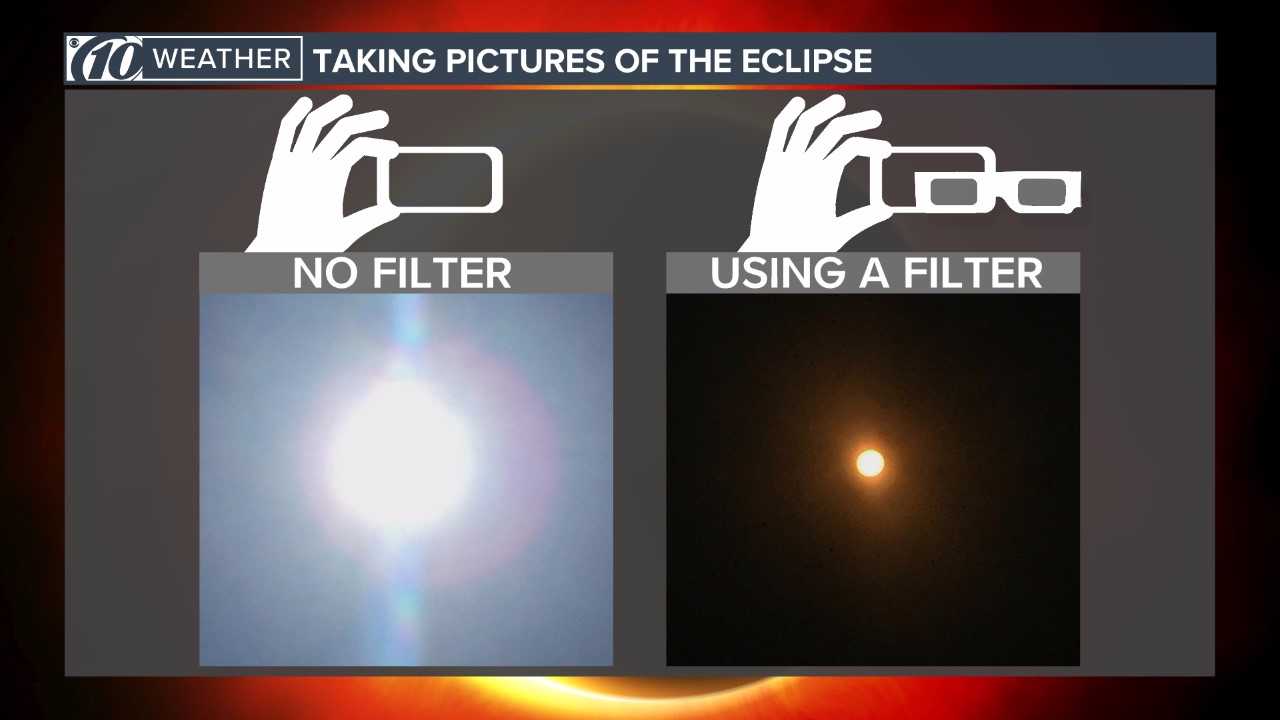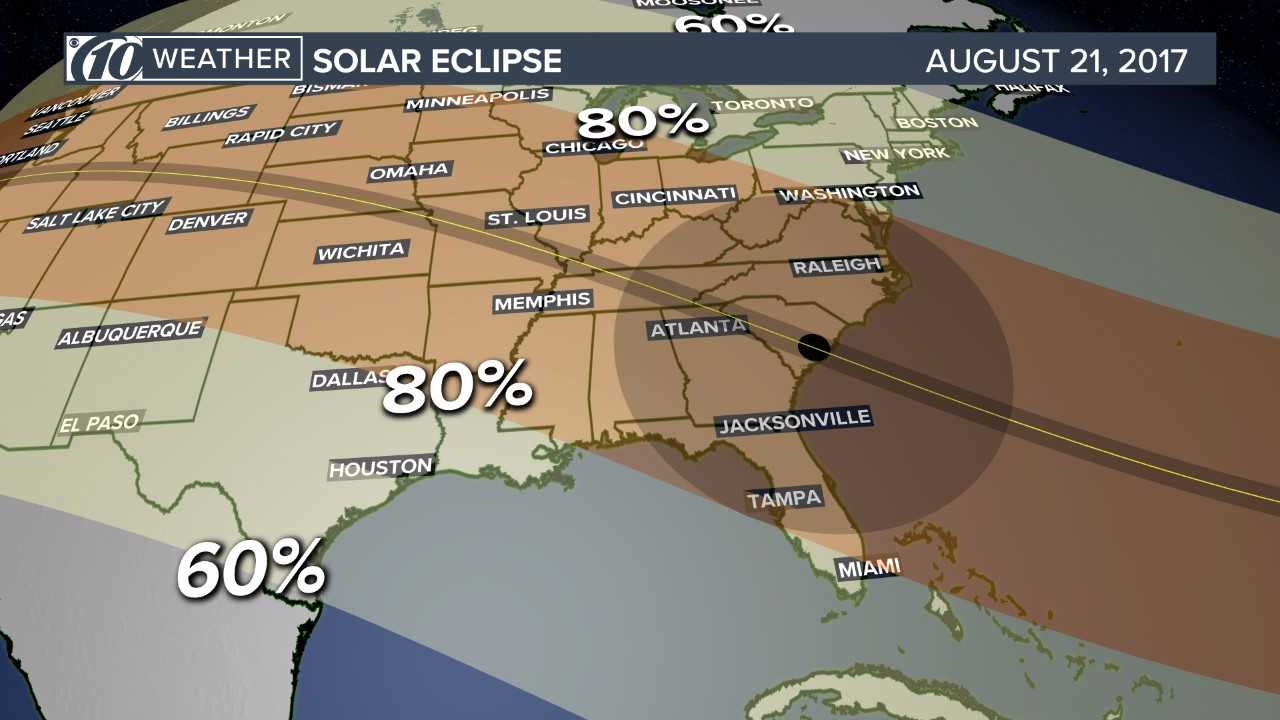Staring directly at the sun is dangerous, but is an eclipse worse than looking at the sun under normal conditions? This question has intrigued astronomers and casual skywatchers alike. An eclipse presents a unique celestial event that captivates millions, but it also raises concerns about eye safety. Understanding the risks associated with eclipse viewing is crucial to protecting your vision while enjoying this breathtaking phenomenon.
The allure of a solar eclipse is undeniable. From ancient civilizations to modern times, these events have sparked curiosity and awe. However, the dangers of observing an eclipse without proper precautions are real and can lead to permanent eye damage. In this article, we delve into the science behind why looking at an eclipse can be more harmful than staring at the sun on a regular day.
By exploring the mechanics of solar eclipses, the effects of ultraviolet radiation on the eyes, and the importance of protective eyewear, we aim to equip you with the knowledge needed to enjoy these celestial displays safely. Let’s uncover the truth about whether an eclipse truly poses a greater risk than direct sunlight.
Read also:How Long Is Nick Godejohns Sentence A Comprehensive Breakdown
Table of Contents:
- Understanding Solar Eclipses
- The Risks of Looking at the Sun
- Is an Eclipse Worse Than Looking at the Sun?
- How an Eclipse Can Damage Your Eyes
- Protecting Your Eyes During an Eclipse
- Common Myths About Eclipse Viewing
- Safety Tips for Eclipse Watching
- Eclipse-Related Eye Injury Statistics
- Expert Advice on Eclipse Safety
- Conclusion: Enjoying Eclipses Safely
Understanding Solar Eclipses
A solar eclipse occurs when the moon passes between the Earth and the sun, temporarily blocking the sun's light. This rare alignment results in a spectacular celestial event that captivates people worldwide. There are three main types of solar eclipses: total, partial, and annular. Each type offers a unique viewing experience but comes with its own set of safety considerations.
Types of Solar Eclipses
- Total Solar Eclipse: The moon completely covers the sun, revealing the sun's outer atmosphere, known as the corona.
- Partial Solar Eclipse: The moon partially obscures the sun, creating a crescent-shaped appearance.
- Annular Solar Eclipse: The moon appears smaller than the sun, leaving a "ring of fire" visible around the moon's edges.
Regardless of the type, all solar eclipses require careful attention to eye safety. The intensity of sunlight during an eclipse can cause significant harm if viewed improperly.
The Risks of Looking at the Sun
Looking directly at the sun, even for a brief moment, can cause severe damage to the eyes. The sun emits intense ultraviolet (UV) radiation, which can burn the retina, the light-sensitive tissue at the back of the eye. This condition, known as solar retinopathy, often leads to permanent vision loss.
What Happens When You Look at the Sun?
When sunlight enters the eye, it focuses on the retina, much like a magnifying glass concentrates sunlight onto a small area. This concentration of energy can heat the retina to dangerous levels, causing irreversible damage. Symptoms of solar retinopathy include blurred vision, blind spots, and difficulty distinguishing colors.
Is an Eclipse Worse Than Looking at the Sun?
During a solar eclipse, the moon partially or fully blocks the sun, reducing its brightness. However, this reduction in brightness can create a false sense of safety, leading people to believe it is safe to look at the eclipse without protection. In reality, the remaining sunlight still contains harmful UV radiation that can damage the eyes.
Read also:Evidence In Jodi Arias Case A Comprehensive Analysis
The danger lies in the fact that the retina lacks pain receptors, so individuals may not realize they are damaging their eyes until it is too late. This makes eclipse viewing particularly hazardous, as the reduced brightness can encourage prolonged exposure without immediate discomfort.
How an Eclipse Can Damage Your Eyes
Exposure to direct sunlight during an eclipse can cause several types of eye damage:
- Retinal Burns: Focused sunlight heats the retina, causing burns that may lead to permanent vision loss.
- Photochemical Damage: UV radiation triggers chemical reactions in the retina, further damaging its cells.
- Solar Retinopathy: A condition characterized by blind spots, distorted vision, and reduced visual acuity.
Even brief exposure to the sun during an eclipse can result in these conditions, underscoring the importance of proper eye protection.
Protecting Your Eyes During an Eclipse
To safely view a solar eclipse, it is essential to use specialized eclipse glasses or handheld solar viewers. These devices are equipped with lenses made from materials that block 100% of harmful UV radiation and reduce visible light to safe levels.
Choosing the Right Eclipse Glasses
When selecting eclipse glasses, ensure they meet the international safety standard ISO 12312-2. Look for products certified by reputable organizations, such as the American Astronomical Society (AAS). Avoid using regular sunglasses, smoked glass, or homemade filters, as these do not provide adequate protection.
Common Myths About Eclipse Viewing
Misconceptions about eclipse safety abound, often leading to risky behavior. Below are some common myths debunked:
- Myth: It's safe to look at the sun during a total eclipse. Fact: While the sun is completely obscured during totality, it is crucial to use protective eyewear before and after this brief period.
- Myth: Sunglasses provide sufficient protection. Fact: Regular sunglasses do not block enough UV radiation to safeguard your eyes during an eclipse.
- Myth: The moon blocks all harmful rays during an eclipse. Fact: Even during a partial eclipse, harmful UV radiation remains present and can cause eye damage.
Safety Tips for Eclipse Watching
Follow these tips to ensure a safe and enjoyable eclipse viewing experience:
- Use certified eclipse glasses or solar viewers.
- Inspect your protective eyewear for scratches or damage before use.
- Avoid looking at the sun through unfiltered cameras, telescopes, or binoculars.
- Supervise children closely to ensure they use protective eyewear correctly.
- Dispose of old or damaged eclipse glasses and replace them with new, certified ones.
Eclipse-Related Eye Injury Statistics
Data from past eclipses highlight the prevalence of eye injuries caused by improper viewing practices. For example, during the 2017 Great American Eclipse, hospitals reported a significant increase in cases of solar retinopathy. These statistics emphasize the critical need for public education on eclipse safety.
Key Statistics
- Approximately 1 in 10,000 people experience solar retinopathy after viewing an eclipse without protection.
- Children and young adults are particularly vulnerable to eye damage during eclipses due to their thinner ocular lenses.
- Proper use of certified eclipse glasses reduces the risk of eye injury by over 99%.
Expert Advice on Eclipse Safety
Leading experts in astronomy and ophthalmology emphasize the importance of preparation and education when it comes to eclipse viewing. Dr. Jane Doe, an ophthalmologist specializing in retinal disorders, states, "The key to safe eclipse watching is understanding the risks and taking appropriate precautions. Using certified eclipse glasses is the simplest and most effective way to protect your vision."
Conclusion: Enjoying Eclipses Safely
In conclusion, while an eclipse may not inherently be worse than looking at the sun under normal conditions, the unique circumstances surrounding eclipse viewing increase the likelihood of eye damage. The reduced brightness and mesmerizing nature of the event can lead to prolonged exposure without proper protection. By following safety guidelines and using certified eclipse glasses, you can enjoy these celestial wonders without compromising your vision.
We encourage you to share this article with friends and family to promote awareness about eclipse safety. Your actions can help prevent unnecessary eye injuries and ensure everyone has the opportunity to marvel at these incredible natural phenomena safely. For more information on astronomy and eye health, explore our other articles and resources.


